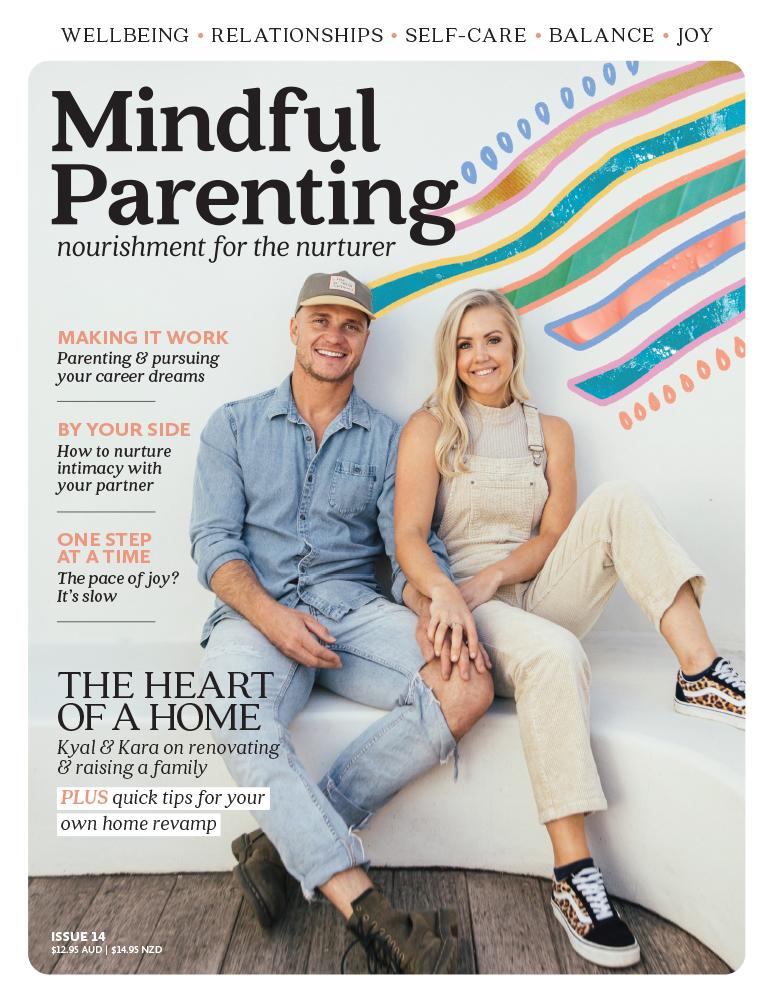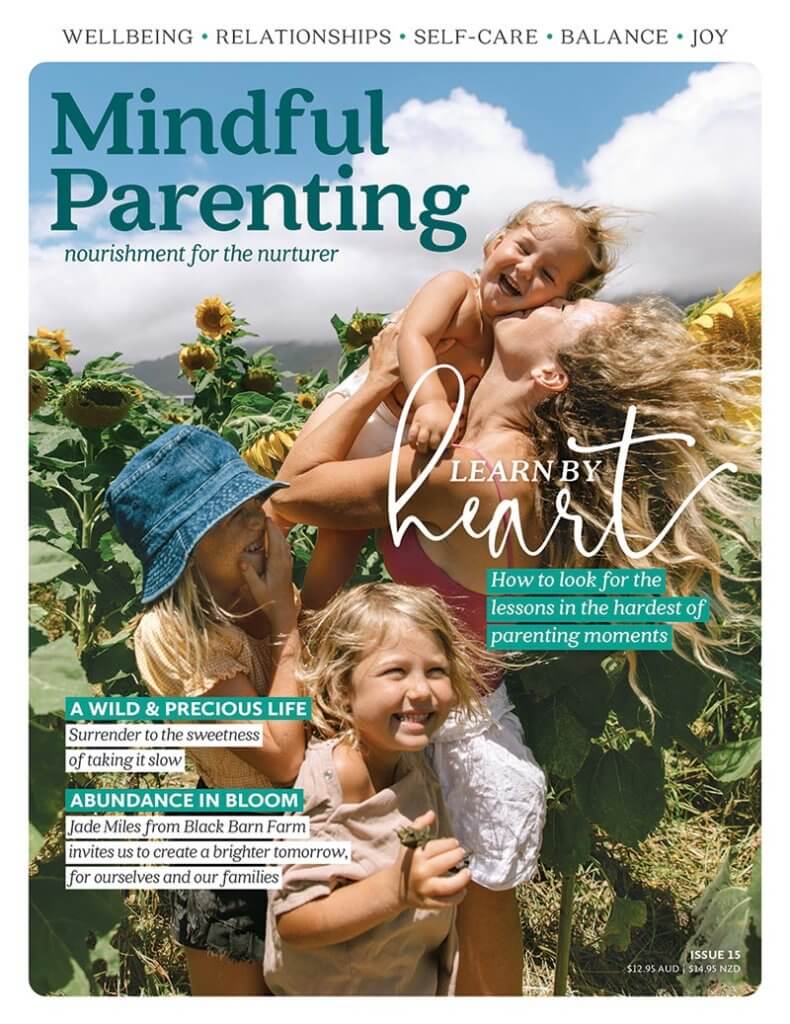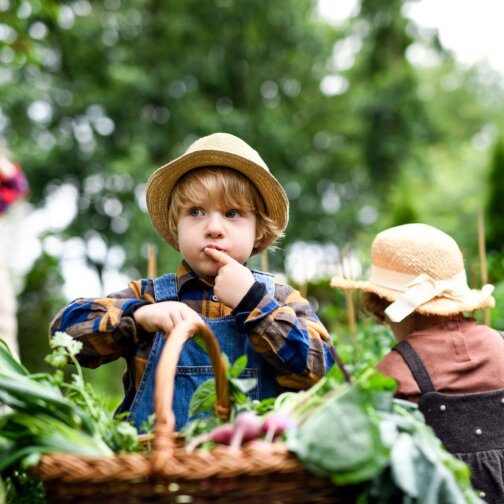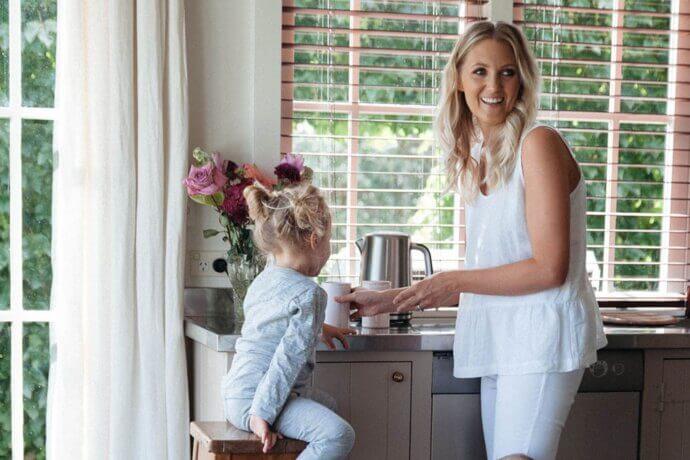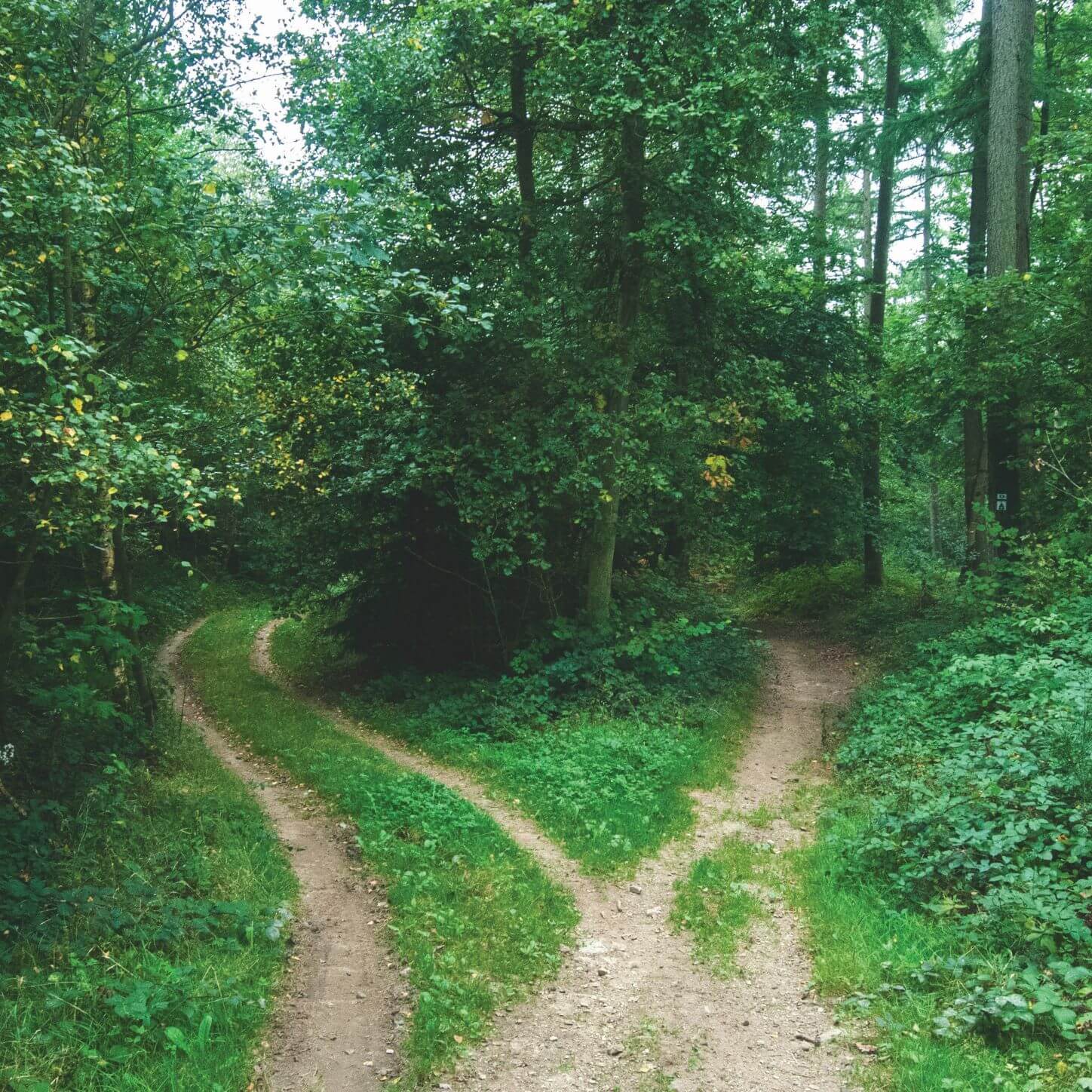
Decisiveness amidst uncertainty is challenging for adults and kids alike. The good news is we can all learn to flex our decision-making muscles.
There’s a beautiful 100-year-old poem by Robert Frost called The Road Not Taken that I’ve always related to strongly. In it, the narrator stands at the intersection of two roads and ponders his choices:
“Two roads diverged in a yellow wood,
And sorry I could not travel both
And be one traveler, long I stood
And looked down one as far as I could
To where it bent in the undergrowth”
I feel that this piece of writing sums up our daily dilemmas well. In life, we’re constantly faced with a choice to go one way or another – from what to eat, which name to pick for our child, through choosing a suitable parenting style, or high school. We can’t travel in both directions simultaneously, just as the poem’s author cannot go down both roads.
Yet being able to make up one’s mind helps us navigate our relationships, work, health, parenting, and other daily choices. Anna Wintour, the renowned editor of Vogue, admits that her main superpower is decisiveness. Steven Johnson, author of the book Farsighted: How We Make the Decisions That Matter the Most, says authoritatively: “Decision-making is a survival skill and it should be taught in schools”. Because if it’s hard for us as adults to make up our minds, no wonder our children and teens often struggle with it too.
Decision-making is the process of arriving at a conclusion by weighing alternative possibilities. It helps children to become responsible and independent, and it allows them to control impulsive behaviour. Developmentally, kids learn to ‘choose’ the moment they’re born. Unfortunately, often we take their choice-making powers away by not listening to their biological cues: crying, tossing, or other subtle body movements like a gentle relaxing of the fingers.
At about 12 months, babies begin to think about choices. What helps them is a sense of object permanence – this innate realisation that things continue to exist even when they are out of sight. They get less stressed when a toy or a bottle is taken away from them as they trust it will reappear when they need it. Child development specialists Carla Poole and Susan A Miller say that this is the perfect time to start honing little ones’ decision skills by introducing more choices – around food, toys, nap times, or clothing (all filtered through our adult knowledge and experience).
“Our children need to learn about choices from us. Why? Because all the decisions they make dictate the path that their lives will take. Let’s help them become resilient and mature about it,” says Jim Taylor, American author and psychologist.
ENCOURAGING YOUNG PEOPLE TO FLEX THEIR DECISION-MAKING MUSCLES
Start early and start wisely. “You can teach [children] how to make decisions by giving them two options, both of which you are OK with them selecting,” says Grace Berman from the Child Mind Institute. Then, as they get older, you can start sketching the boundaries of their decision territory together. They should know what’s allowed and what’s not, and that the responsibility for the choice is theirs to bear.
Be a good role model. If you’re naturally indecisive, learning decision-making is as much a new journey for you as it is for your kids. Have compassion for yourself if even the most mundane choices (like picking a meal at a restaurant) stress you out. It’s often helpful to narrate your options, as thinking them out loud can help clue kids into the way you’re arriving at the solutions.
Show them how to learn from poor choices. As many kids begin to learn by their teen years, the best life lessons often come from hard knocks and mistakes, and we should learn to embrace them, not prevent them. “Parents sometimes want to shield their kids from difficult emotions, but those give us feedback and allow us to make the right decisions. That’s how we’re going to help our kids become adults in the world,” says Rachel Busman, a psychologist at the Child Mind Institute.
Ask open questions. Sometimes our kids may need a little nudge to be brave and make up their mind. Even if they’re scared, which they’re allowed to be, making their feelings heard can ease the decision-making process. Good questions will enable them to be mindful of the choices and their consequences; ‘What do you like about that?’, ‘What makes this the best option?’, ‘How would this work?’
Step back. Brené Brown’s book, Rising Strong, is all about coming back from failures. “Don’t ever try to fix their bad choices,” she says, urging parents to let their kids experience mistakes and learn to overcome them.
Be consistent. If you’re using choice as a punitive option (for example, by saying: ‘Either you clean your room or we are not going out to dinner.’), always make sure to follow through on your promise. Brown says that when our kids make a choice, even if a poor one (for example, choosing not to clean their room), we must make our own choice by calmly acknowledging their response. “The key to any successful parenting strategy is consistency: always do what you say you’re going to do,” she adds.
Trust! We make choices every day, and so do our children. The best way to sail through these emotional decision-making waters is with trust. As a parent, you give them options, but you also provide them with the right to choose. “If we give them opportunities to make their own decisions, then they’ll know what to do in those bigger opportunities because they’ve had training,” says Busman.
